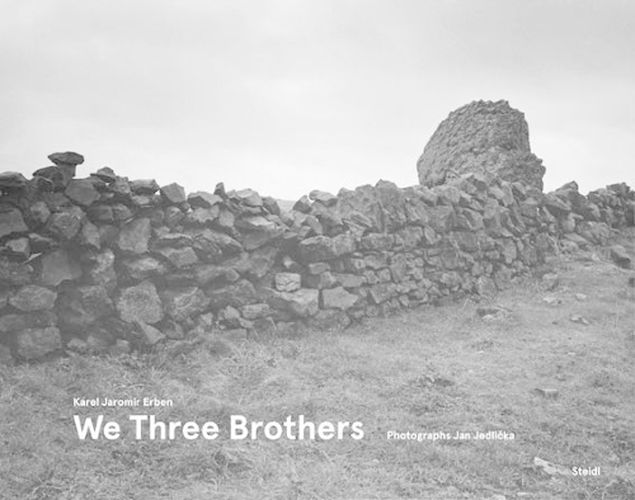Readings Newsletter
Become a Readings Member to make your shopping experience even easier.
Sign in or sign up for free!
You’re not far away from qualifying for FREE standard shipping within Australia
You’ve qualified for FREE standard shipping within Australia
The cart is loading…






In many respects Karel Jaromir Erben appears a most unlikely figure to be responsible for one of the most treasured works of nineteenth-century Czech literature. - Susan Reynolds
This book combines the traditional Slavic tale We Three Brothers by Karel Jaromir Erben with illustrative photographs and drawings by Jan Jedlicka. The story is just one of dozens collected and retold by Czech folklorist and poet Erben (1811-70) and is a cautionary tale of three young brothers, sons of a peasant who leave home to find their way in the world, only to meet a mysterious man with a limp who seals their unfortunate fates. Jedlicka visualizes the story in muted black-and-white images of a landscape of empty hills and rocky outcrops through which we imagine the brothers traveling. These he complements with more whimsical drawings of the characters of the tale: the brothers and their father, the limping man, a peddler and magistrate. The result is an unconventional modernization of a little-known tale, whose charm and moral still have an uncanny resonance today.
$9.00 standard shipping within Australia
FREE standard shipping within Australia for orders over $100.00
Express & International shipping calculated at checkout
Stock availability can be subject to change without notice. We recommend calling the shop or contacting our online team to check availability of low stock items. Please see our Shopping Online page for more details.
In many respects Karel Jaromir Erben appears a most unlikely figure to be responsible for one of the most treasured works of nineteenth-century Czech literature. - Susan Reynolds
This book combines the traditional Slavic tale We Three Brothers by Karel Jaromir Erben with illustrative photographs and drawings by Jan Jedlicka. The story is just one of dozens collected and retold by Czech folklorist and poet Erben (1811-70) and is a cautionary tale of three young brothers, sons of a peasant who leave home to find their way in the world, only to meet a mysterious man with a limp who seals their unfortunate fates. Jedlicka visualizes the story in muted black-and-white images of a landscape of empty hills and rocky outcrops through which we imagine the brothers traveling. These he complements with more whimsical drawings of the characters of the tale: the brothers and their father, the limping man, a peddler and magistrate. The result is an unconventional modernization of a little-known tale, whose charm and moral still have an uncanny resonance today.